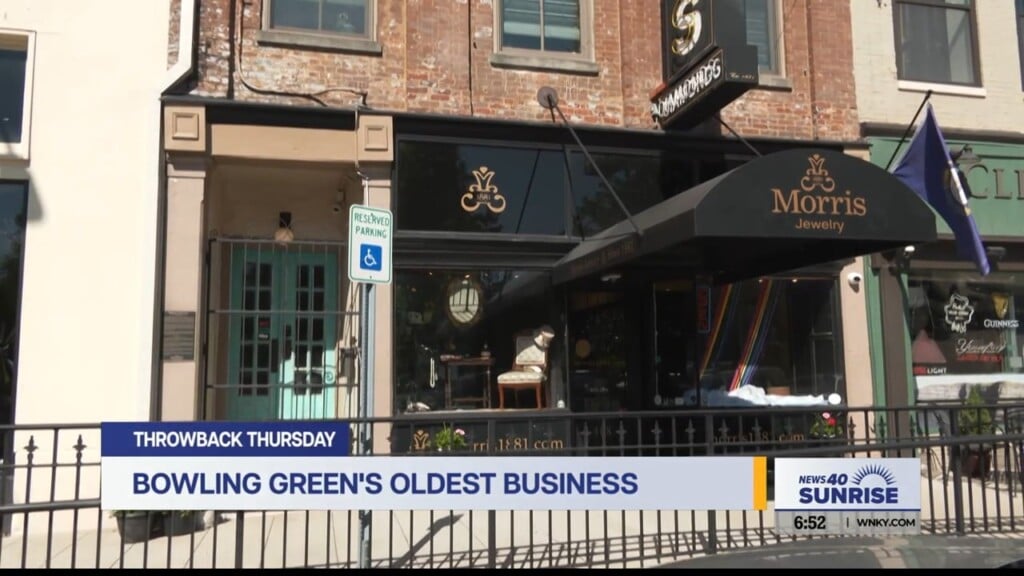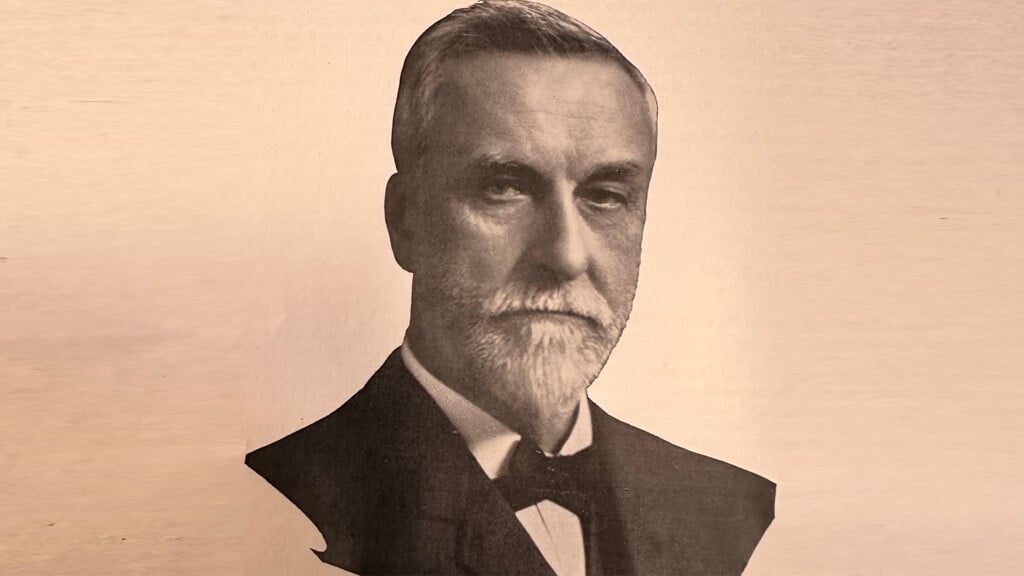Throwback Thursday: Mary Virginia Cook Parrish, suffragette born during the Civil War
National Women’s History month continues with another story of a strong female
leader who left a lasting legacy. This African American pioneering female was a
women’s suffragist and educator born in the middle of the American Civil War and
didn’t live to see the end of segregation. This is Mary Virginia Cook Parrish.
Born August 8, 1862 in Bowling Green, Mary Virginia Cook was a Black child in the
middle of a war torn border state. Both Confederate and Union troops occupied
Bowling Green that year. She was able to attend the black schools in the area, and
soon her intellectual gifts gained regional recognition. She won a book prize for
being the top reader and a silver cup for winning a tri-school spelling bee.
Her accolades landed her the attention of William Simmons, the President of State
University in Kentucky. Simmons was born into slavery in Charleston, S.C., and his
mother fled to freedom with her children at a young age. Simmons fought in the
Union army and was present at Appomattox Courthouse when Confederate General
Robert E. Lee surrendered to Union General Ulysses S. Grant. Simmons offered Mary
the chance to attend college.
Cook Parrish became a renowned speaker in the 1890s, traveling the country to speak at
educational and religious conventions. She was elected secretary of the National
Baptist Education Convention in 1893. She started writing for African American
presses too, notably the South Carolina Tribune, American Baptist journal, and the
African American Baptist magazine, Our Women and Children.
She married Reverend Charles Parrish of Lexington in 1898. Reverend Parrish was
extremely active in the church and held national positions in the American Baptist
circles. He authored the Golden Jubilee 50-year history of the General Association of
Colored Baptists in Kentucky from 1865 to 1915.
Mary Virginia Cook Parrish became one of the most prominent women’s suffragists
of the 1920s, pushing the right to vote for women. She advocated for integration in a
Jim Crow world before the civil rights era of the mid-20 the century had even begun.
She passed away in 1945 and is buried in Louisville. Her grave is on the Cave Hill Heritage Walking Tour.



